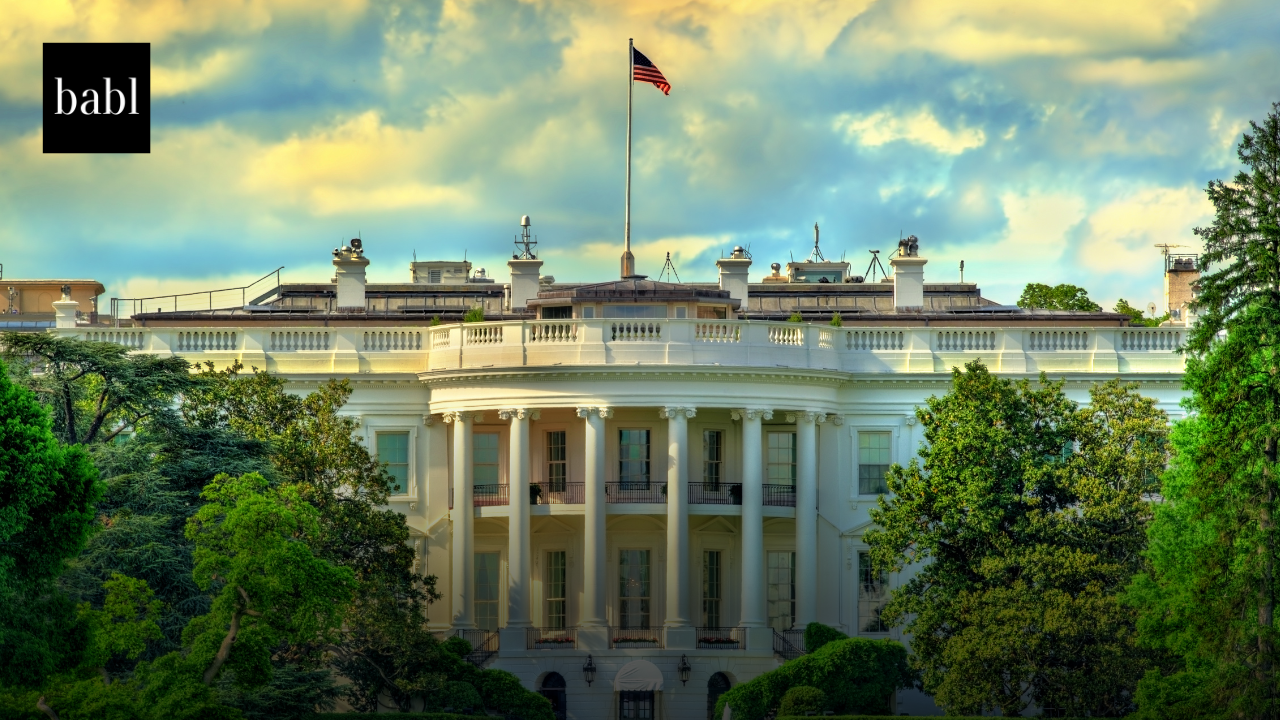The federal government is entering a new phase in how it uses and acquires artificial intelligence (AI), with a series of high-level directives aimed at accelerating adoption, streamlining procurement, and strengthening public trust. In early April 2025, the Office of Management and Budget released two pivotal memoranda—M-25-21 and M-25-22—that set the course for how federal agencies are expected to innovate with AI while ensuring responsible oversight and transparency.
These actions follow President Trump’s Executive Order 14179, Removing Barriers to American Leadership in Artificial Intelligence, which frames AI advancement as a matter of national competitiveness. The new memoranda replace earlier Biden-era guidance (M-24-10 and M-24-18) but maintain much of the previous administration’s focus on governance and safeguards, while introducing a stronger emphasis on agency autonomy, economic growth, and American-made AI tools.
Shifting AI from Innovation to Implementation
M-25-21, titled Accelerating Federal Use of AI through Innovation, Governance, and Public Trust, positions AI as a mission-critical tool that agencies must actively scale. Agencies are tasked with removing bureaucratic roadblocks, sharing resources, and maximizing return on AI investments. Each agency is expected to appoint a Chief AI Officer, develop a public-facing AI strategy, and build internal capacity through training, hiring, and knowledge sharing.
Rather than limit experimentation, the memo encourages agencies to take a “lean forward” approach—removing outdated compliance barriers and prioritizing AI systems that directly enhance service delivery. Agencies are also expected to maintain strong safeguards around civil rights, privacy, and algorithmic fairness, especially for “high-impact” AI systems that influence public-facing or rights-affecting decisions.
Reimagining AI Procurement Across Government
M-25-22, Driving Efficient Acquisition of Artificial Intelligence in Government, focuses on overhauling how agencies buy and manage AI systems. It instructs procurement teams to avoid vendor lock-in, favor domestic AI solutions, and ensure tools are interoperable and future-ready.
Agencies are now required to review their AI contracts, validate system performance, and ensure all AI acquisitions align with the broader governance principles laid out in M-25-21. By late 2025, all new AI-related contracts—and any contract renewals—must reflect these requirements. Procurement officials are expected to coordinate closely with privacy experts, civil liberties officers, and technical teams to assess risks, track performance, and embed accountability into every AI acquisition.
A Cohesive, Cross-Agency Push
These memoranda represent a shift in tone rather than a departure from existing principles. While the Biden-era guidance focused heavily on central oversight and procedural checks, the current approach leans into agency discretion and flexibility—placing the onus on leaders within each department to advance responsible AI use in ways that reflect their specific missions.
That said, key safeguards remain. Agencies are still required to publish annual inventories of AI use cases, maintain risk mitigation strategies, and shut down AI systems that fail to meet safety or performance benchmarks. Public transparency and interagency collaboration remain core expectations.
Need Help?
If you have questions or concerns about any AI directives, global guidelines, regulations and laws, don’t hesitate to reach out to BABL AI. Their Audit Experts can offer valuable insight, and ensure you’re informed and compliant.





